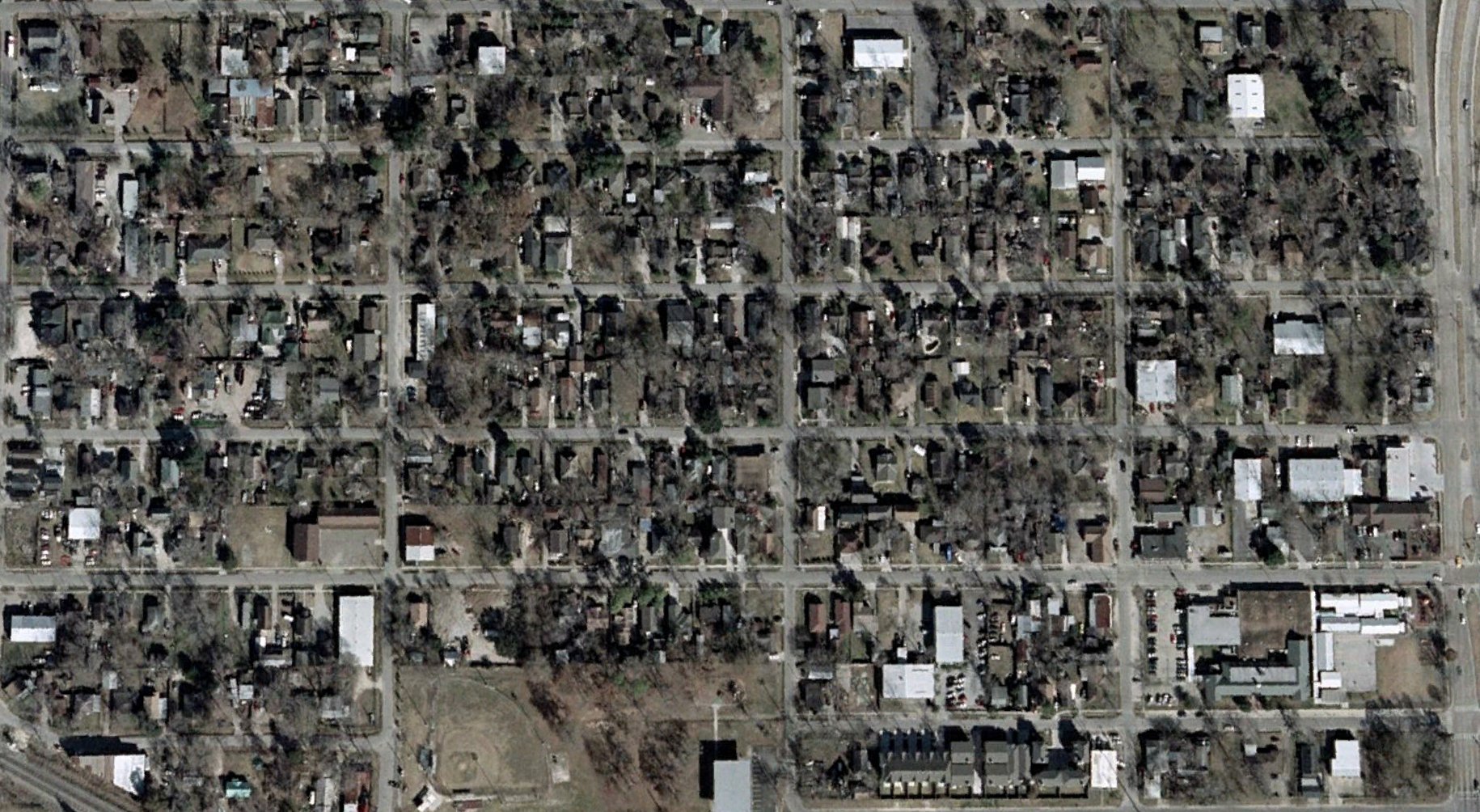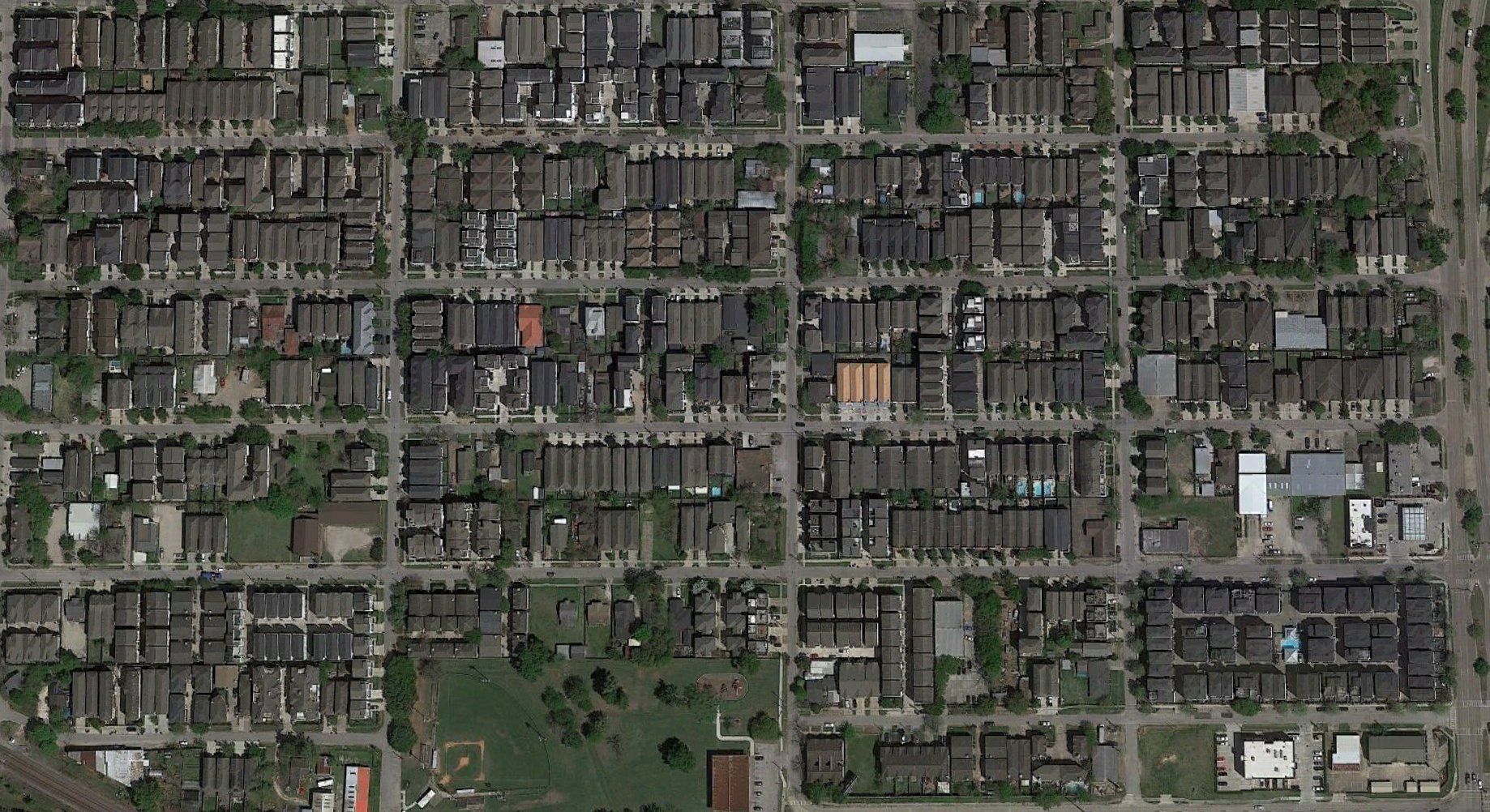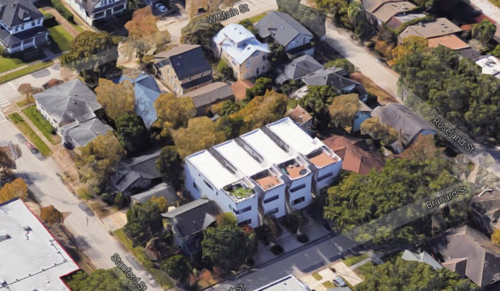Northern Light
Superstar
Even with zoning reform, it's the developers in my view that have the last call on what type of housing they want to build. There's very little that can be done to prod developers to build certain types of housing. Even the provincial government admits that it's challenging to nudge developers to building certain housing stock, these developers just won't bend over and take a loss; they will either build what they like or just sit on their hands and land and wait it out.
I do often wonder if it might be appropriate for the city/municipality/Government to get into the development game and start their own construction company to build what is needed instead of waiting for developers to come to the table. Would this be a possible solution? It's mentioned here and there but never seems to go beyond a comment or two.
So we have to break this into a couple of pieces.
1) Can government incent or compel different development forms? The short answer is yes. However, if the development is staying within the private sector field of build in order to sell or rent at a profit, this requires both the stick (what you can't build, and what you can/should) but also the carrot, why it makes financial sense to do so.
In the 1950s, 60s and early 70s we saw lots of private sector, purpose-built rental housing that was lower-mid, mid and upper-middle market.
Aside from favourable zoning, the government did one big thing, it used CMHC, the federal agency to offer below-market mortgages to developers who built the desired type of product.
The incentive was significant. It represented savings of several % interest (as example, at a time when a Commercial lending rate might have been 8%, CMHC might have stepped in with a 3% mortgage.
Depending on what percentage of a project was financed vs direct owner's capital, that could literally cut the cost of a project in 1/2. That savings would allow both a profit to be made on said development, but also
lower rents to be offered, and there was competition for renters because of the large amount of construction.
Likewise, funding of this sort was available for Co-ops (see St. Lawrence neighbourhood) and public housing providers such as MTHA (the predecessor of TCHC) and City Home (a smaller agency controlled by the old City of Toronto.
****
2) In addition to the above, one can also provide direct construction dollars for deeply affordable housing, (rent-geared-to-income) which was also done, in the same time-window as the above, for projects like Regent Park and many others.
I don't see any advantage to an agency like TCHC being its own general contractor, though, if it gets back to more active building it would benefit from having some greater in-house expertise in architecture and planning etc.
That said, I absolutely do believe that greater involvement by public agencies in building this type of housing is one very important part of the solution.
3) As ever, we need to also address the income side of the equation as well, affordability is both about supply and demand; and the demand side problem is that too many people make too little money. Raising the minimum wage, substantially, and raising disability payments and the like as well as traditional welfare are all important pieces of the puzzle.
Last edited:







